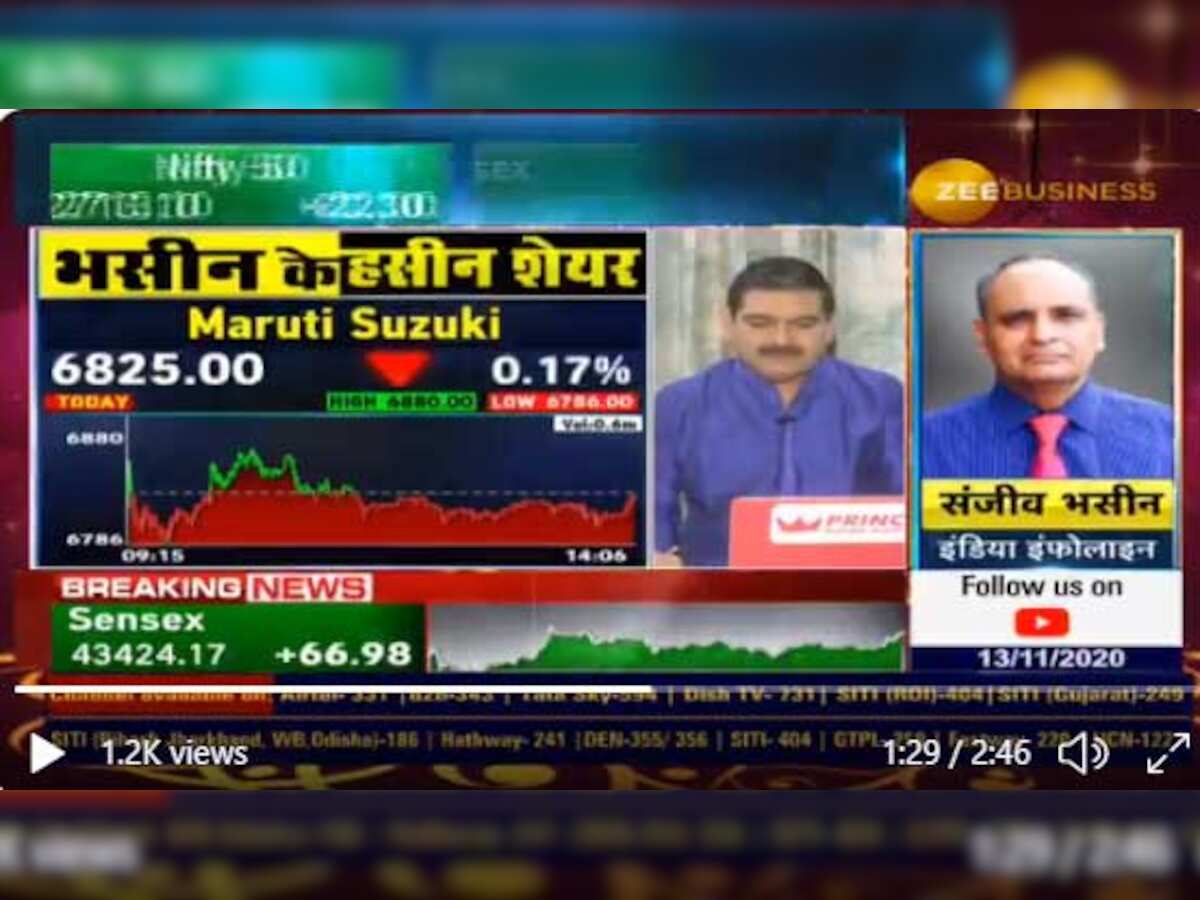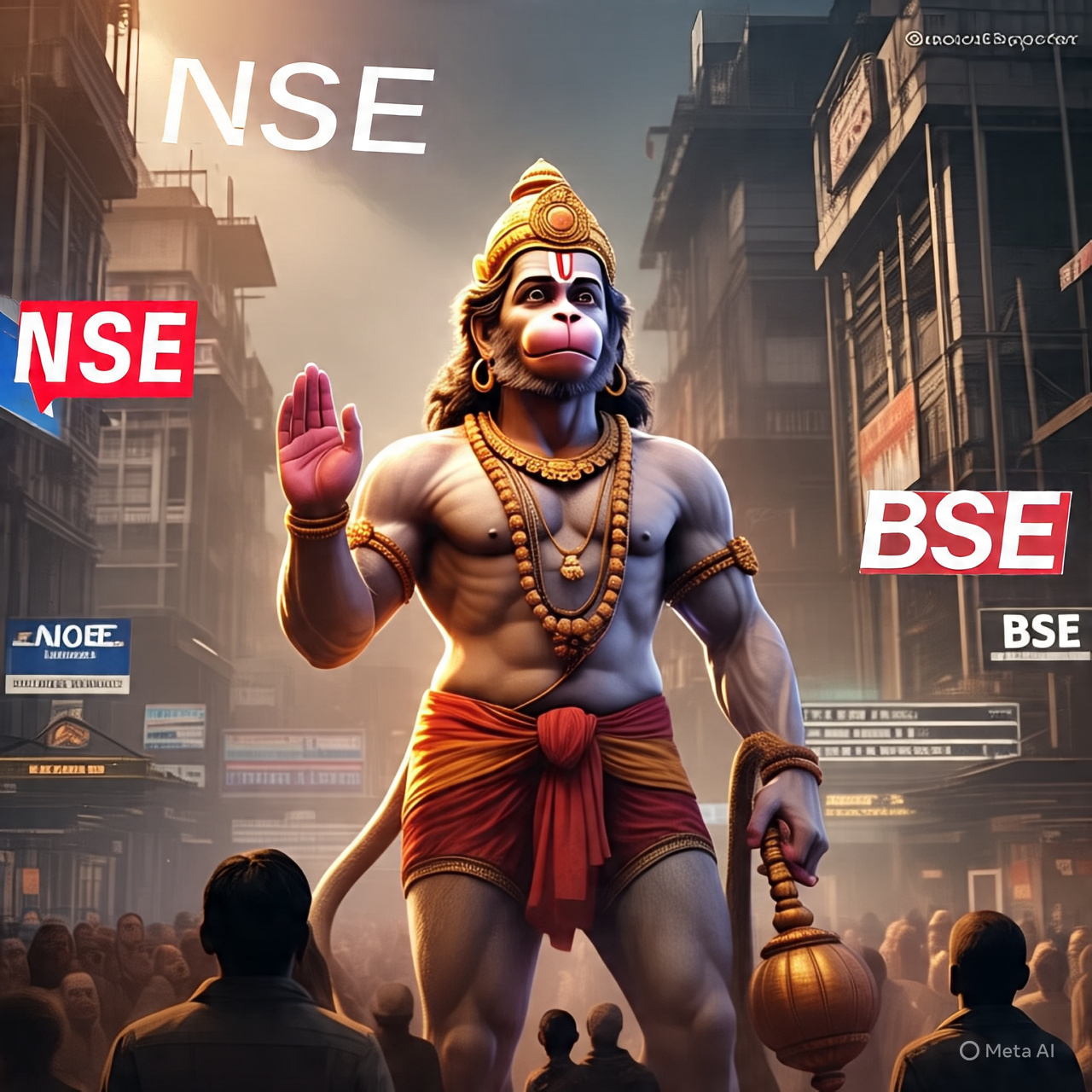The vigilant market regulator SEBI has caught yet another heavyweight of Dalal Street in its regulatory net. This time, it’s Sanjiv Bhasin—known for his bold market commentary and frequent TV appearances—who has been pulled up for frontrunning. SEBI’s investigation has resulted in a disgorgement order of approximately ₹12 crore and a market ban on Bhasin.
Notably, the action hasn’t been limited to Bhasin alone. The associated stockbroker and the dealer involved in executing the trades have also faced penalties. However, it raises a compelling question: how did SEBI overlook the roles of guest coordinators and television anchors, who often profit from the market clout of regular guests like Bhasin?
This write-up delves into the SEBI order in detail.
A New Investigative Benchmark: Call Transcripts as Evidence
For perhaps the first time, SEBI has relied heavily on call transcripts in its enforcement order. What does this signify? It means SEBI isn’t just tracking your call history—it may also have access to the actual conversations. The regulator referred to Call Detail Records (CDRs), call recordings, WhatsApp chats, and Internet Protocol Detail Records (IPDRs) to build its case.
The order quotes extensive conversations between Bhasin and the dealer, laying out a clear timeline of communication and trades. One of the significant takeaways is that purchasing SIM cards under someone else’s name does not absolve the actual user of liability—a stance that strengthens accountability.
Dealers: The Invisible Link in the Chain
SEBI’s decision to penalize the dealer involved in the frontrunning operation is both necessary and commendable. Dealers form a crucial, often invisible, link in the trading ecosystem. Market experts like Bhasin seldom execute trades themselves—they rely on dealers, who sometimes misuse this access to front-run orders for personal gain.
There have even been instances where dealers leak tips to others before placing large trades, capitalizing on the resulting price movements. These conversations often happen over encrypted platforms like Snapchat, making them harder to trace. SEBI will need to further develop its tech arsenal to effectively monitor such channels.
TV Anchors: Silent Enablers?
Television anchors such as Pradeep Pandya have also come under scrutiny in recent years, often accused of enabling frontrunning under the guise of boosting TRP ratings. Anchors and guest coordinators are typically aware of their guests’ recommendations and may exploit this knowledge.
There have even been allegations of anchors taking commercial breaks mid-show to place trades based on upcoming recommendations. If true, such actions are not just unethical—they are criminal. There is a growing need for a formal code of conduct governing guest coordinators and anchors to ensure transparency and fairness.
The Grey Market Loophole
SEBI’s order, while comprehensive, continues to overlook the shadowy world of the grey market, where trades are made off the books—on paper only—leaving no audit trail.
Consider this example: Tata Steel is trading at ₹150. Bhasin purchases 1,00,000 futures contracts and recommends the stock on live television. The price jumps to ₹157. On a regular exchange, Bhasin may struggle to exit the full position at the peak. But in the grey market, he can offload the entire quantity at ₹157, making a windfall gain. These trades are settled in cash, often without any record.
SEBI must develop a mechanism to detect such grey market dealings and factor them into disgorgement calculations to close this enforcement gap.
A Call for Proactive Regulation
SEBI has often been criticized for being reactive rather than proactive, typically launching probes only after receiving complaints. In Bhasin’s case, the regulator acted following three separate complaints.
In the digital age, this approach is no longer sufficient. With the rise of TV and social media-based recommendations, SEBI could use AI and data analytics to proactively flag suspicious patterns. By analyzing basic data points such as recommended stocks, trade volumes, and timing of trades, frontrunners can be identified more swiftly.
Likewise, news-sensitive stocks mentioned by reporters and anchors must be monitored. If a stock moves before a news break, it could indicate that the information was leaked.
A Positive Note
Despite its past limitations, SEBI’s use of advanced investigative tools in this case marks a turning point. Investors should take confidence in the fact that officials like Whole-Time Member Kamlesh Varshney and his team are using cutting-edge techniques to catch white-collar market offenders.
In a market that thrives on trust, actions like these help restore investor faith—and remind D-Street sharks that the net is always tightening.



